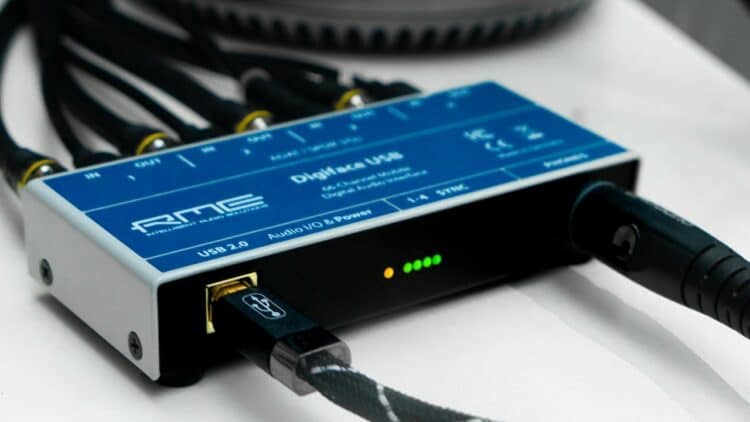One of the early premises for the development of the Internet of Things (IoT) is the shared communications between all physical elements expanding the current areas of machine-to-machine and person-to-person to an area of things-to-things.
Perhaps this was the thinking behind computer scientist Kevin Ashton, then working at Procter & Gamble, when he proposed putting radio-frequency identification (RFID) chips on products to track them through a supply chain.
That was 1999. Fast-forward to 2023, IoT devices and sensors are expanding their influence from the production floors of manufacturers to warehouses all the way to retail shelves, and homes. Most remain designed for a specific, single purpose, their value now extends from innocuous public lights to critical systems that power cities.
The recent cyberattacks against public organisations, such as healthcare, and critical infrastructure like power and utilities, reveal the extent to which organisations need to enhance the security of these facilities while at the same time responding to business and consumer demands for faster, better, and more reliable service.
Can you have your cake and eat it too? How do you merge the unwieldy world of IoT with the controlled, predictable environment that IT is built upon? And do so while delivering it securely, faster and cheaper?
The IoT conundrum for the CIO and IT
Dee Dee Pare, senior marketing manager at CradlePoint says “the cloud is the de facto way that everyone delivers applications and stores data.” She points out that applications work as if they are next door. In contrast, IoT is messy, outdoors, usually at a larger scale, is distributed, and is found in environments where things just don’t operate (in a predictable fashion).
“IoT is not necessarily the most clean-cut way of doing things,” she added.
She hints that edge computing may be just the answer for IoT – “by having a lightweight version of your application, you can bring this closer to wherever the IoT device is,” she explained. “That way you minimise latency, also filter out some of the unnecessary traffic that goes back to the cloud (presumably saving bandwidth and data storage).
She called the increasing popularity of using containers, a self-contained application, inside a router.
“What you have is a low-footprint device closer to the IoT Edge. You only have one device to manage, figure out how to power it. Everything happens very quickly within the router, you have the connections back to the cloud,” she elaborated.
The other benefit is business continuity. “If the cloud goes down, the router with the containerised application can continue to work with the IoT devices connected to it. When the network comes back up, the router can send the necessary traffic back to the host,” she added.
Critical components of an edge strategy
What would be the critical components to developing an edge strategy that involves IoT, Pare suggested calling the containerised application running inside a router a “customer edge”. She then goes on to comment there are other edges.
She referred to Amazon Web Services as an example of the Internet edge. These tend to be distributed (in the cloud) and have more processing capability. She cautioned that by its design (in the cloud), the Internet edge will be further away from the devices – hence some latency can be expected.
The other edge is the 5G edge. “You can set up an edge in the cell tower as well – as some carriers are doing. That way you can improve and enhance performance as it goes out for the application and out from the cell tower,” she added.
Conceding that the customer edge provides the ‘most bells and whistles’, she advised anyone developing an edge strategy to keep in mind where the edge is located. “It is about balancing between the placement, the quantity of data processing, the latency from the application to the IoT devices, as well as how much you need to customise,” she elaborated.
Getting IT started with edge technology
Asked how easy it would be for traditional IT teams to build these applications around the edge, Pare noted that the challenge lies in developing lightweight versions of current applications. Pulling examples from within, she noted that among managed service provider partners, developing lightweight applications is their value-add.
She cited a partner in the US that developed an application for car wash operators. Running off a CradlePoint router, the solution ran the point of sales, the surveillance cameras, as well as the automated car wash machinery. An entire running on one router.
Getting IoT/OT to work with IT
Pare says IT needs to collaborate with the operational technology (OT) team. In the converging world of IT and OT, it is not feasible to manage each technology in a vacuum. She acknowledged that IT, throughout most of its history, has worked in predictable environments and therefore may not be ready for what she described as the ‘messy world of OT’.
“OT tends to work with machinery that is not the latest technology. In some cases, these types of machinery cannot be updated. OT needs to educate IT on these projects,” she added.
She conceded that the mixing of IT and OT will blur as the two start working together. But ultimately, she believed IT will own a little bit more of the onus because they have to understand it end-to-end.

“They (IT) must make sure things such as security are in place end-to-end, and they are ultimately responsible for that. There are several scenarios where the end-to-end fits a bit more cleanly in the IT side, but they can't do it without the help of the OT side, because OT knows the reality of what's happening on the ground."
Dee Dee Pare



